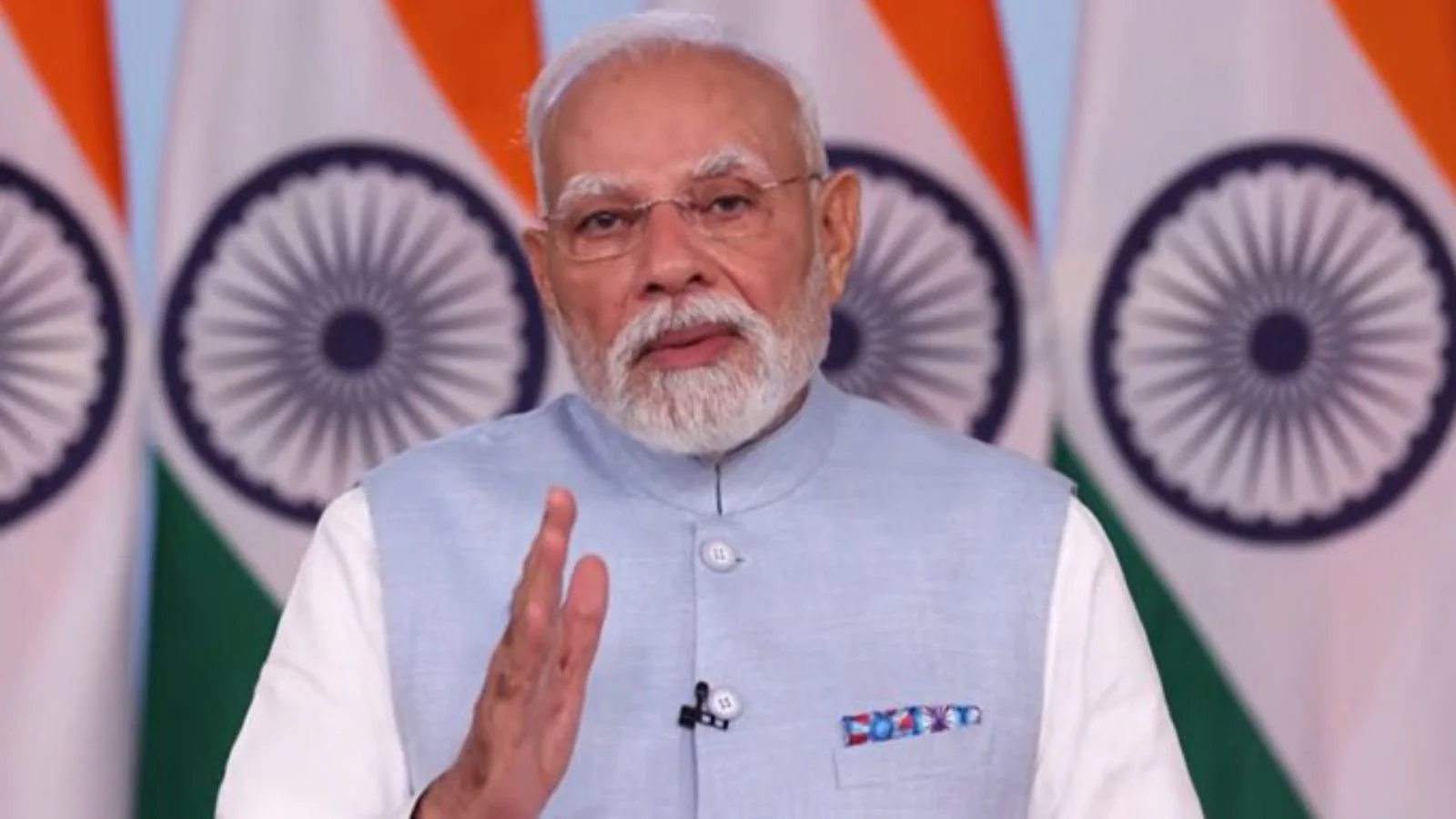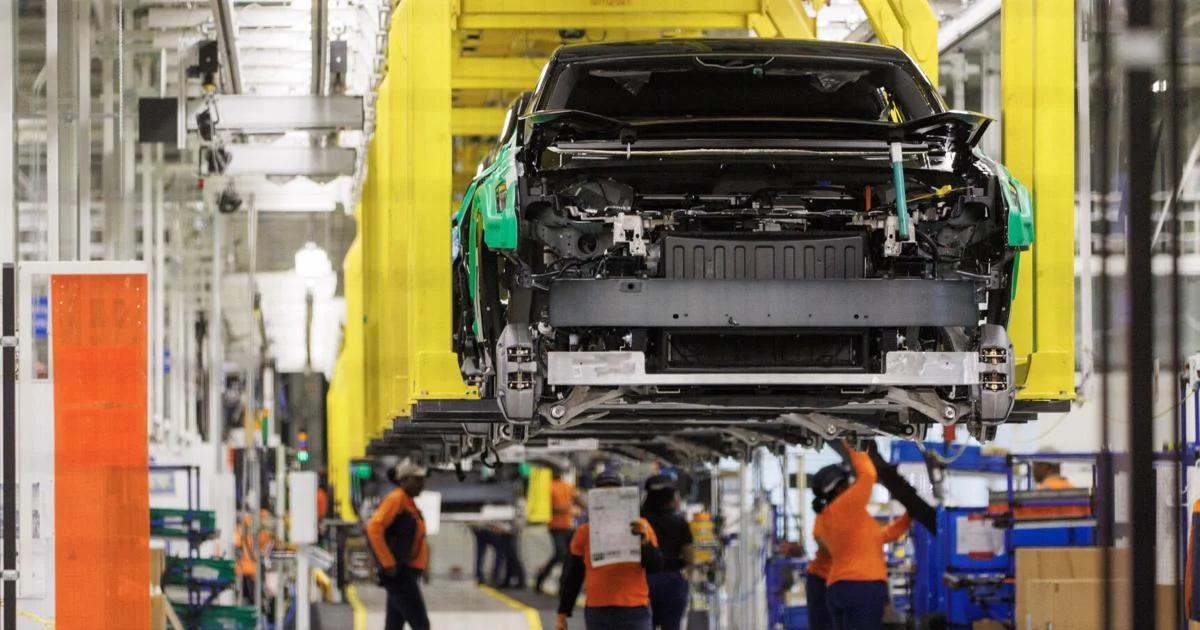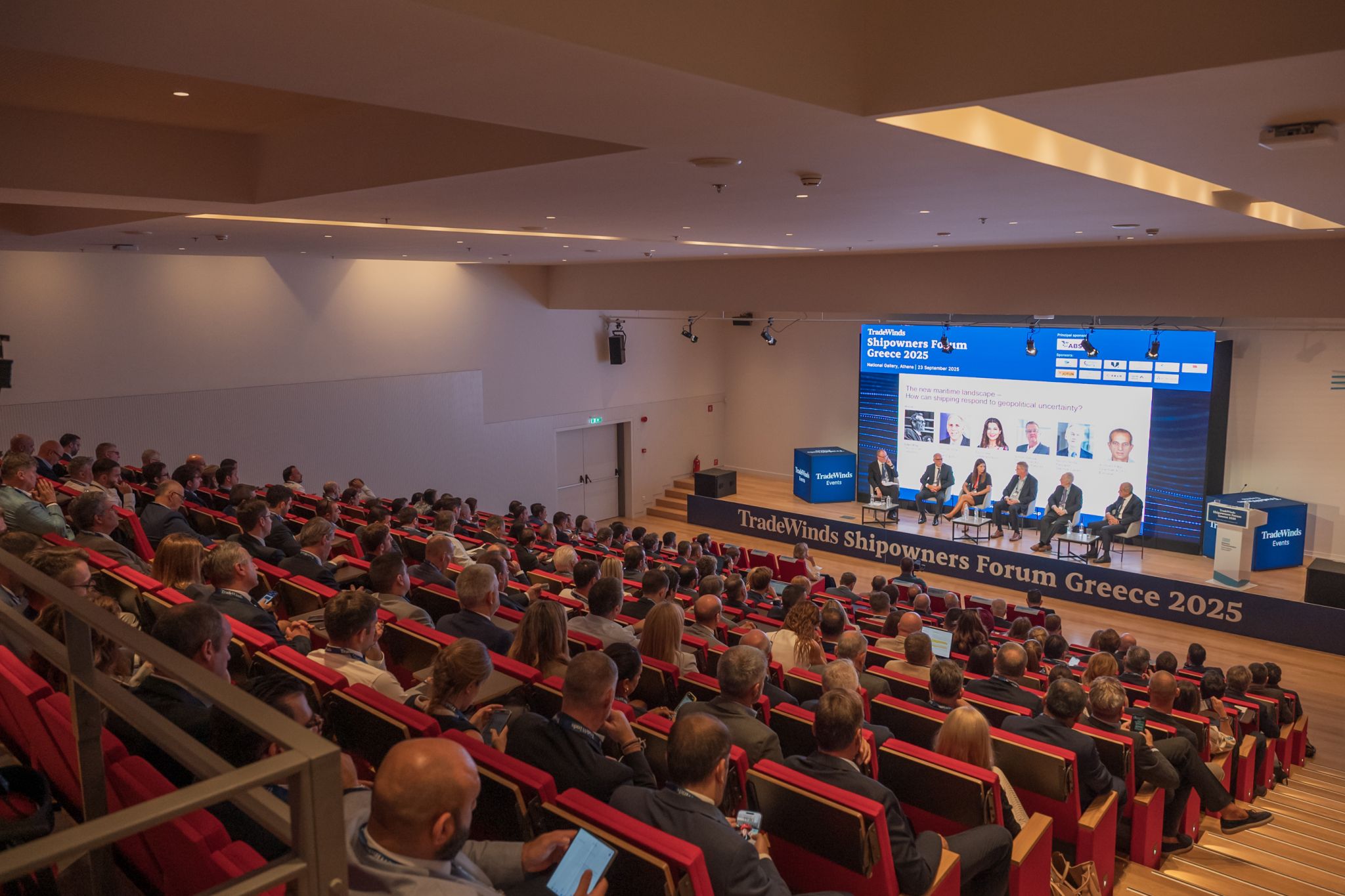By News18,Sanju Verma
Copyright news18

“For making India self-reliant, five things are necessary — Intent, Innovation, Investment, Inclusion, Infrastructure. We must first create a robust local supply-chain to help India play a key role in the global supply-chain. We have been working continuously to create a favourable ecosystem for investment and business. Lakhs of MSMEs in India are the engines of India’s overall growth. Today, the rest of the world holds India in high regard and has trust in our country. The world is looking for a trustworthy partner. India has the potential and capability to ensure that we are that partner.”
These profound and sincere words from PM Modi clearly highlight the modern, globally competitive and India-centric approach of Modinomics, without being inward-looking, when it comes to Make in India.
Under Prime Minister Modi, India’s semiconductor market is set to grow from $38 billion in 2023 to $110 billion by 2030, fuelled by the Modi government’s India Semiconductor Mission (ISM).
ISM with a Rs 76,000 crore outlay is set to boost local manufacturing, design and talent. On 12th August, 2025, four more semiconductor units were approved, with an outlay of Rs 4,600 crore. Total approved projects under ISM reached 10 with cumulative investments of over Rs1.60 lakh crore in over 6 states.
India is emerging as a global Semiconductor hub with major investments and events like SEMICON India 2025, which saw participation from over 300 global exhibitors and 18 countries, signalling India’s rise as a trusted chip partner. 278 colleges in India are teaching and using Electronics Design Application (EDA) tools. Almost 60,000 people have already been trained as we move ahead in making India a top-class Semiconductor powerhouse.
India is also actively engaging Malaysia, Japan, South Korea & Singapore as its research partner nations. The goal is to produce 91 million chips per day once the planned projects are operational in the coming years. The strategy heavily relies on developing Assembly, Testing, Marking, and Packaging (ATMP), which contribute significantly to the total value of a chip. Over $21 billion in investments have been announced across various projects, creating a strong pipeline for the Semiconductor ecosystem.
Semiconductors are at the heart of modern technology. We can recall the acute shortage of chips that the world faced following the Covid-19 pandemic and the Ukraine-Russia war that affected the manufacturing of cars, Mobile phones and other electronics.
The rapid adoption of artificial intelligence and machine learning, both at the edge and in cloud data centres, is fuelling the need for high-performance, energy-efficient chips that can handle complex computing tasks in real time. The global demand for chips is skyrocketing, but the supply chain remains very fragile owing to the concentration of the industry in a few limited geographies.
There is a clear need for global diversification of manufacturing. India is emerging as a dominant player in this regard. Initiatives like including Electronics Systems Design and Manufacturing (ESDM) as one of the key sectors under Make in India, or the India Semiconductor Mission and Semicon India programme have helped create an ecosystem to support the industry. The global Semiconductor market is expected to reach USD 1 Trillion by 2030 with India’s market occupying a substantial portion of it. Designing at 3 nanometres is truly next-generation, noting that while India had previously achieved 7nm and 5nm designs, this development in May 2025 marks a new frontier in Semiconductor innovation.
Clearly, one of the most significant sectors receiving attention under “Make in India” are Semiconductors. Gujarat, a hub of innovation, is becoming home to giants like Micron Technology in Sanand, with Tata Electronics entering a joint venture with Taiwan’s Powerchip Semiconductor Manufacturing Corp., in Dholera. India’s newly rising Semiconductor space has been witnessing entry of some big and famous global and domestic names such as Israel’s Tower Semiconductor, US-based Lam Research, Tokyo Electron Ltd, Kaynes Semicon, Mindgrove, Adani Group, Larsen & Toubro Ltd., Renesas, AMD and NXP Semiconductors.
Earlier this week, recognising the strategic and economic importance of the Maritime sector, the Union Cabinet, chaired by Prime Minister Modi, approved a comprehensive package of Rs 69,725 crore to revitalise India’s Shipbuilding and Maritime ecosystem. The package introduces a four-pillar approach designed to strengthen domestic capacity, improve long-term financing, promote greenfield and brownfield Shipyard development, enhance technical capabilities and skilling and implement legal, taxation and policy reforms to create a robust Maritime infrastructure. Under this package, the Shipbuilding Financial Assistance Scheme (SBFAS) will be extended until March 31, 2036, with a total corpus of Rs 24,736 crore. The scheme aims to incentivise ship building in India and includes a Shipbreaking Credit Note with an allocation of Rs 4,001 crore.
A National Shipbuilding Mission will also be established to oversee the implementation of all initiatives. In addition, the Maritime Development Fund (MDF) has been approved with a corpus of Rs 25,000 crore to provide long-term financing for the sector. This includes a Maritime Investment Fund of Rs 20,000 crore with 49% participation from Government of India (GoI) and an Interest Incentivisation Fund of Rs 5,000 crore to reduce the effective cost of debt and improve project bankability.
Furthermore, the Shipbuilding Development Scheme (SbDS), with a budgetary outlay of Rs 19,989 crore, aims to expand domestic shipbuilding capacity to 4.5 million Gross Tonnage annually, support mega shipbuilding clusters, infrastructure expansion, establish the India Ship Technology Centre under the Indian Maritime University and provide risk coverage, including insurance support for Shipbuilding projects.
‘From Chips to Ships’ is not a mere slogan. The overall package is expected to unlock 4.5 million Gross Tonnage of Shipbuilding capacity, generate nearly 30 lakh jobs and attract investments of approximately Rs 4.5 lakh crore into India’s Maritime sector. Beyond its economic impact, the initiative will strengthen national, energy and food security by bringing resilience to critical supply chains and Maritime routes. It will also reinforce India’s geopolitical resilience and strategic self-reliance, advancing the vision of Modi’s Aatmanirbhar Bharat and positioning India as a competitive force in global Shipping and Shipbuilding.
Today, the maritime sector remains a backbone of the Indian economy, supporting 95% of the nation’s trade by volume and 70% by value. At its core lies shipbuilding, often described as the “mother of heavy engineering,” which not only contributes significantly to employment and investment but also enhances national security, strategic independence and the resilience of trade and energy supply chains.
One area where Make in India has been a thumping success is Electronics. Total production of Electronics has increased from Rs 1.9 lakh crore in 2014-15 to Rs 11.3 lakh crore in 2024-25.
India’s Smartphone market is evolving rapidly, with consumer preferences increasingly leaning toward 5G adoption and premium features. 5G Smartphone shipments surged to 82% of total shipments last year, reflecting a remarkable 49% YoY growth.
India’s Mobile Phone manufacturing sector has generated over 12 lakh jobs over the past decade, uplifting families and strengthening India’s socio-economic fabric. India was 78% import-dependent for Mobiles in 2014. The country imported 75% units of the total demand in 2014-15, and now the figure is down to a mere 0.02%.
Exports of mobile phones grew 127-fold to Rs 2 lakh crore in FY2024-25 versus a mere Rs 1500 crore in FY2014-15. Production of mobile phones has soared from Rs 18,000 crore in 2014-15 to Rs 5.45 lakh crore in 2024-25, a 28-fold rise. India is the second-largest Mobile phone manufacturer globally, with over 300 manufacturing facilities. In 2024, US giant Apple’s exports from India hit a record Rs 1.1 lakh crore, with a 42% YoY growth.
In the first five months of FY 2025-26, India’s smartphone exports crossed the Rs 1 lakh crore milestone, a 55% rise against the prior corresponding period wherein it was Rs 64,500, majorly catalysed by the PLI Scheme. Noteworthy advancements have continued. For instance, Foxconn plans to double iPhone output in India by end-2025, targeting 25 to 30 million units to boost exports.
Meanwhile, Samsung’s manufacturing facility in Noida has helped push Mobile phone exports to a record US$20.4 billion in 2024, up 44% from 2023. From Toys to Mobile phones, Defence equipment to EV motors, production is shifting back to India. The Modi government’s ‘Make In India’ vision and Production Linked Incentive (PLI) Scheme are making India a global manufacturing hub and are driving self-reliance, boosting production, and creating jobs, thereby contributing significantly to the nation’s economic fortitude.
Snapdeal’s humble beginnings, meteoric rise, fall and the turnaround thereafter, signify many lessons. The most important one is, never lose focus and never go overboard. Comparisons are most often odious, but Prime Minister Narendra Modi’s Make in India, despite being written off by a debilitated Opposition, never lost focus and that is precisely why it has become a force to reckon with. Make in India just with the right focus on land, labour, liquidity and laws is not about import substitution or exclusion— it is about being self-sustaining and self-generating, but without the trappings of an outdated Nehruvian model, that was steeped in isolationism. The evidence of Modi’s rapidly evolving Make in India is far too evident to be ignored. Take Samsung for instance, which has the world’s largest Mobile manufacturing facility in India, or Amazon which also has the world’s largest facility centre in India or the gigantic GIFT city in Gujarat, which at 7 million square feet is even bigger than the mammoth Pentagon complex of 6.5 million square feet.
Suffice to say, Modi’s Make in India is about size, scale and sunrise sectors but above all it is about an inclusive work ethic that respects innovation and ease of doing business (EODB), with no room for complacency. It is precisely this work ethic that has also made India the world’s third largest Start-up ecosystem.
Prime Minister Modi’s ‘Make in India’ is eventually about giving wings to the concept of Swadeshi (Vocal for Local), as the world’s largest democracy takes a giant leap of faith towards Atmanirbhar Bharat, or in other words, a self-reliant India, whose time has come.
Sanju Verma is an Economist, National Spokesperson of the BJP and the Bestselling Author of ‘The Modi Gambit’. Views expressed in the above piece are personal and solely those of the author. They do not necessarily reflect News18’s views.



